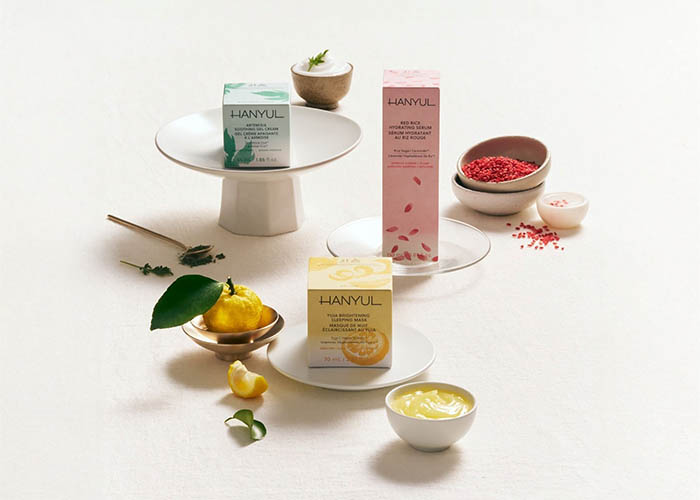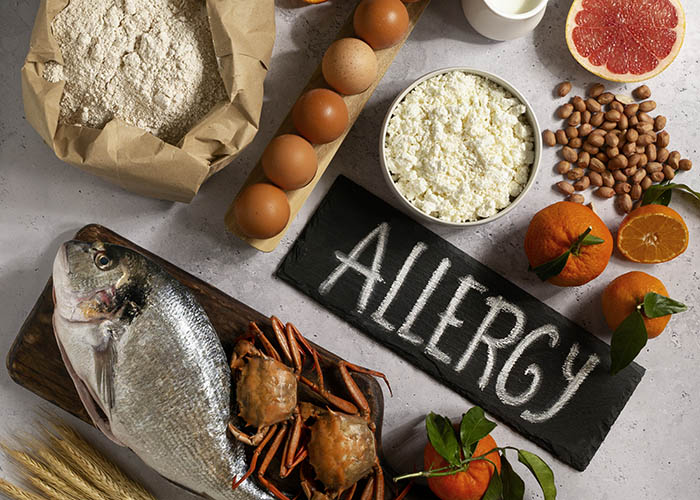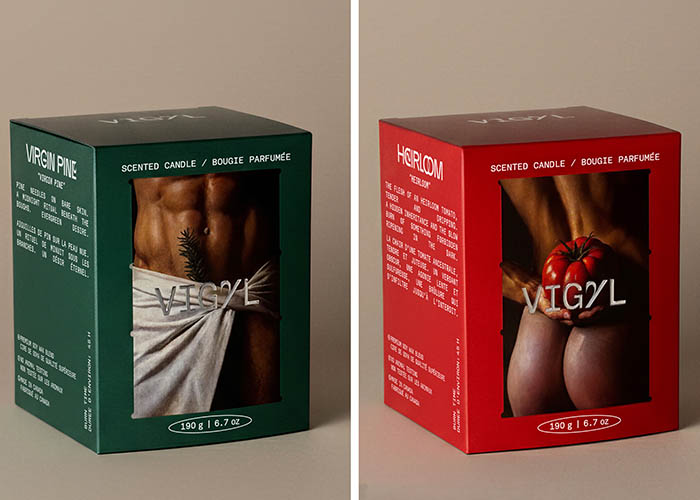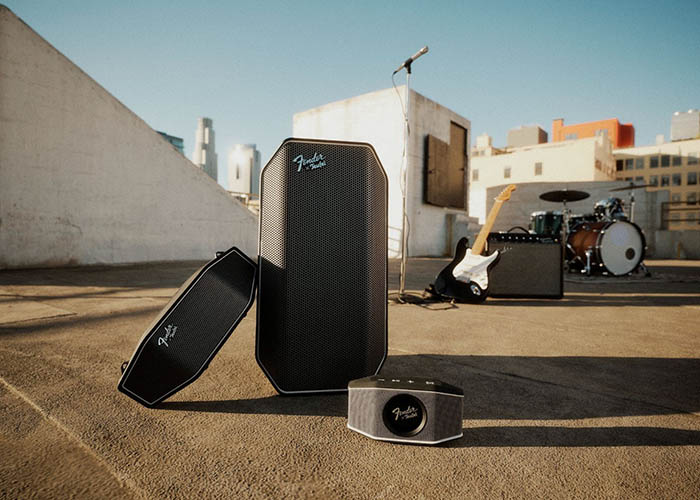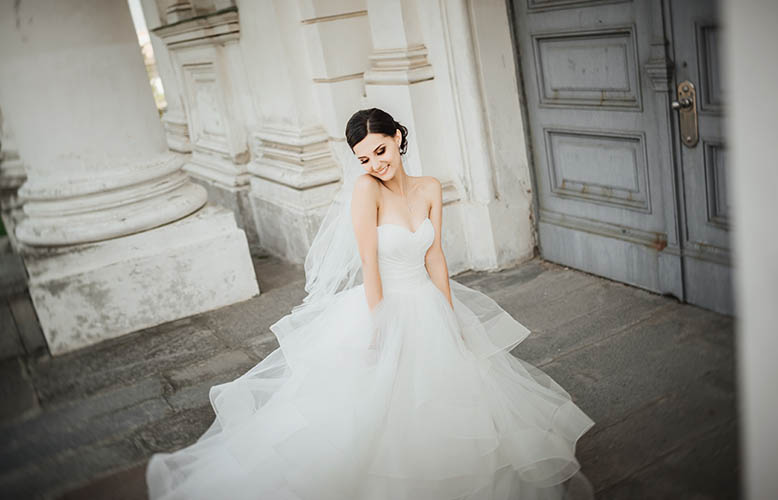Ladies, have you been through that heart-sink moment?
You’re clearing a bit of closet space, feeling nostalgic, and decide to check on the dress—your gorgeous, once-in-a-lifetime gown that drew gasps when you walked down the aisle.
You unzip the bag, expecting glitter and pristine ivory, but out peeks a shade closer to antique parchment.
Your stomach drops. Nobody warned you about this part of happily ever after.
Take a calming breath.
Yellowing is common, surprisingly normal, and—best of all—reversible when handled correctly.
Before panic spirals into rash DIY experiments, let’s unpack why gowns yellow, how professionals rescue them, and how you can protect those delicate fibers for decades.
Why Wedding Dresses Turn Yellow (Even When You Think They Were “Clean”)
1. Oxidation Never Sleeps
Invisible spills are the biggest troublemakers.
A drizzle of champagne, a dab of clear deodorant, the salt in happy-tear droplets—each contains sugars, proteins, or salts that seem to vanish after dry-cleaning.
Over months or years, oxygen reacts with those residues, slowly deepening them into yellow or even rusty brown blotches. It’s chemistry, not neglect.
2. Fabric Aging Is Inevitable
Natural fibers tell beautiful stories—but they also age like vintage paper.
Silk, cotton, and rayon will “warm” in color over time simply by existing in air and ambient light. Synthetic blends resist a bit longer, but sunlight and temperature swings still nudge them toward ivory.
3. Storage Slip-Ups Multiply Damage
Cheap plastic garment bags trap humidity.
Wooden trunks leach acidic vapors.
Wire hangers distort seams.
A slightly damp attic summer or a cold, wet winter basement speeds oxidation, encourages mildew, and breaks down sizing agents that keep fabric crisp.
Knowing the culprits lets you choose smarter fixes—and avoid the internet’s harsher hacks that hurt more than help.
Why Professional Restoration Beats Home Remedies Every Time
Wedding dress cleaning and restoration is the couture equivalent of museum conservation. Think lab coats, fiber microscopes, and test swatches rather than soapy basins in the bathtub.
- Stain Detection & Mapping – Pros examine every panel under black light and magnification, marking hidden sugar spots, perspiration halos, or makeup dust invisible to casual eyes.
- Fabric-Specific Cleansers – Each part of a gown—lace overlay, silk charmeuse lining, seed-bead appliqués—gets its own pH-balanced bath. Solutions dissolve stains without stressing delicate weaves.
- Controlled Brightening – Mild oxygen whiteners re-illuminate fabric without that stark, bluish “bleach burn.” The trick lies in temperature, timing, and immediate neutralization baths.
- Hand Finished Drying – No tumbling: pieces are rolled in moisture-wicking towels, then air-dried flat on mesh frames so gravity can’t stretch bias cuts.
The result? Fibers regain strength, color brightens, embellishments stay intact, and that yellow cast fades back into bridal white.
Tempted by DIY? Read These “Don’ts” First
- Bleach is a Bull in a China Shop
Household bleach oxidizes proteins aggressively.
On silk or fine polyester, it can dissolve threads outright, leaving a brittle, uneven yellow-grey stain that can’t be reversed.
- Scrubbing Equals Snagging
Rubbing lace or tulle frays microscopic loops. What looks like progress in the sink becomes a fuzzy patch once the cloth dries.
- Generic Detergents Mess With pH
Most laundry soaps lean alkaline to punch through grease—perfect for denim, disastrous for formal wear. That pH imbalance weakens delicate fibers twice as quickly.
- Sun-Bleaching Is Folklore
Laying a dress in direct sun can slightly lighten surface color while simultaneously roasting elastic threads and bead finishes. Net gain? Usually none.
If you cherish the gown, leave experimentation to fabrics you don’t mind sacrificing.
“But It’s Been Eight, Ten…Fifteen Years—Is There Still Hope?”
Yes, yes, yes, and YES
Restoration labs routinely revive heirlooms from the 1940s.
Unless the fabric has actually crumbled (rare), yellowing resides mostly in surface residue. E
ven brittle lace edging often responds to rehydration and gentle strengthening agents. Sometimes the transformation is dramatic enough to draw tears—again.
Locking In That Fresh-From-the-Altar Glow
Once your gown emerges bright and clean, storage matters almost as much as the cleaning itself.
- Invest in a Preservation Kit
Choose an acid-free, lignin-free archival box lined with unbuffered tissue. Boxes with viewing windows use UV-blocking plastic so you can peek without exposing fabric to light. - Store Flat or Gently Rolled
If space allows, lay the bodice flat and fold the skirts in loose, tissue-padded layers. Hanging long-term stresses the shoulder seams and can distort weighty beading. - Control Environment
Aim for 60–70 °F (15–21 °C) and 40–50 % relative humidity—roughly the conditions of a climate-controlled bedroom. Attics, basements, and garages swing too wildly. - Glove Up for Inspections
Clean cotton gloves block oils from your fingertips, which can etch new fingerprints that appear yellow over the next decade. Plan to refold tissue every few years to prevent permanent crease lines.
Beyond Preservation: Giving the Gown a Second Story
A properly restored dress isn’t just “saved”—it’s ready for new memories.
Some brides host anniversary photo shoots, twirling barefoot on the beach.
Others lend the dress to a sister or cousin, watching it flutter down another aisle.
Creative souls turn panels into baptism outfits, Christmas tree skirts, or shadow-box wall art.
Charities accept restored gowns for military or cancer-survivor weddings, spreading joy far beyond one family tree.
By rescuing your gown today, you open doors to tomorrow’s sentimental moments.
Final Word: From Yellow Tint to Timeless Treasure
A yellowing wedding dress feels like a tiny tragedy, but it’s really a reminder that fabric, like love, lives and changes over time.
With professional restoration, smart storage, and a bit of future-minded care, the gown that once stole every heart in the room can glow again—and keep glowing for the next set of wide eyes and happy tears.
So pull that delicate queen from her hiding place, hand her to experts who speak her language, and watch her come back to life.
Your memories deserve nothing less, and neither does the dress that carried them.







